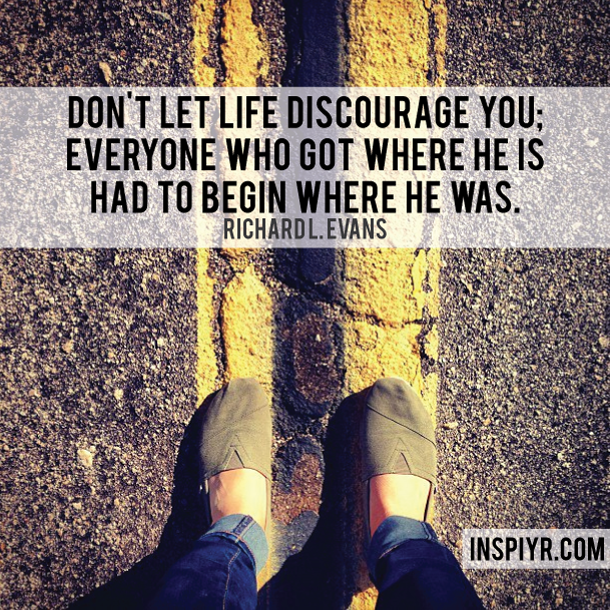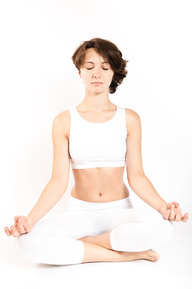|
It has begun!
My formal yoga teacher training has started. The first of 16 modules over the next two years was this past weekend. What a whirlwind of information and excitement to begin. From mudras to chants to highlighting the first yoga asanas. Yes - there are three fundamental seated asanas. Who knew?! Now I do! Where to begin? What to say? Here is a Coles notes summary of my take always: 1. Chanting. Say what? Yes, chanting. This was very new to me. It hasn't been part of my regular practice but I am aware and have listened to Krishna Das in the past. Incorporating sound in practice, beyond the a teachers' voice, was a soothing and calming part of practice. Almost felt like church, but not really. We started the workshop with the Teacher-Student Chant/Mantra, which was so lovely. It heightened the senses and really settled the mind. Totally new to me, as I said, but lucky that another teacher-to-be asked to go over it in more detail. We practiced together multiple times.... Needless to say, I will need more time with this! 2. History. I've been craving an explanation of history for a while now. Now this was no University level history class but it did fill in some of the gaps in my mind. Interestingly enough, yoga has Aryan roots from the Indus Valley Civilization. It didn't reach India until later (I had always thought that is where yoga began!) The modern practice of yoga comes from the Himalayas and has been passed down from sages to aspiring teachers. To put in a sequential order for me, it goes from Vedic era to pre-classical to Classical to Modern (post 1893). Asana practice has only been over the past couple of hundred years! 3. Major Texts. One of the major texts of yoga is Hatha Yoga Pradipika. In this text, only 84 poses existed. Of those, three are seated poses. We covered Siddhasana (accomplished pose; sage pose), Simhasana (lion pose) and Badda Konasana (bound angle pose; cobblers pose). Funny enough, Simhasana was the one asana I volunteered to teach. Not many participants had done it before and since I had, I felt confident that I could explain it. It went well as my first try at teaching. I concentrated hard to keep my words succinct and calm, which is a bit different from teaching exercise classes. A great chance to try it! 4. We covered another handful or so of poses, mudras and pranayama. Much more than I can add into one blog post. But very important information to absorb and reflect back on (so much so that I purchased three books off Amazon the next day!) My intention and hope is to continue to blog my highlights from all and every training I will be doing over the next couple years. Nothing like stopping and reflecting and writing about ones learning. Anything I may get wrong, or you know about, PLEASE comment below! I know I say this often but it is so true...so much more to learn! LW
0 Comments
One of the best parts of yoga for me isn't the physical movement but more the stillness and introspection. For this part of yoga to happen, in most part, participants are in a seated or lying position. As I can't lie on my back so well anymore, sitting is the next best alternative. This week's DVD of choice, Prenatal Yoga by Desi Bartlett, we practiced sitting in one of the many seated yoga positions. It got me to thinking that there are many ways to sit in yoga.
Let's look at the four most common crossed legged positions. The most notorious sitting position is lotus pose (padmasana). It is depicted often but demonstrates a pose that so few people can actually do. Linked to traditional practice, lotus pose is thought to destroy all disease and awakens kundalini (not sure what that is...another question for another week). It is also recommended to consistently practice this pose during pregnancy to help aid childbirth. I guess I've missed this suggestion as it's too late beginning it in my third trimester! Fire log pose (agnistambhasana) is a more reasonable position my for legs to rest. Stacking each lower leg onto one another is much more feasible than the pretzel like shape of lotus pose. It has been a while since I've done this pose as Judy included it in our practice quite frequently. But over the past year of practice, I can't say I've done it once. This week's inquiry has reminded me to include it more often...or at least sit in this position when I am on the floor playing trucks with my son! This week's practice actually included this pose - easy pose (sukhasana) - essentially a seated cross legged position. As the DVD cued the position I wasn't aware that it actually had a formal sanskrit name and I need to explore more. It is thought to calm the brain and relieve stress. Who doesn't want that!?! I sometimes practice this pose with a block under my sit bones to help release my back. It is, in my humble opinion a fundamental yoga pose! Love it! The final seated pose, bound angle pose (baddha konasana), is a seated pose with the feet pressing into one another. In this pose, I also use a block from time to time under my hips but also two under my knees so my elevated legs have a place to rest. This pose has been essential to my prenatal practice. Although not included in the DVD practice this week, I try to do it with each session. As with lotus pose, this pose too is good for prenatal practice as it opens the hips in preparation of childbirth. So there you have it! My query of the different seated poses, not exhaustive by any means, but poses picked for their commonality. All seated with the legs folded in one way or another. I have only scratch the surface and in so, will need more time to explore each of these poses further in the future! Seated and still, LW |
Aspiring Yoga TeacherI've practiced yoga since I was a pre-teen and have always found it to keep me centered. I will be a teacher one day and this is my journey to discover teaching and practice. Archives
April 2019
Categories
All
|
Edmonton, Alberta


 RSS Feed
RSS Feed